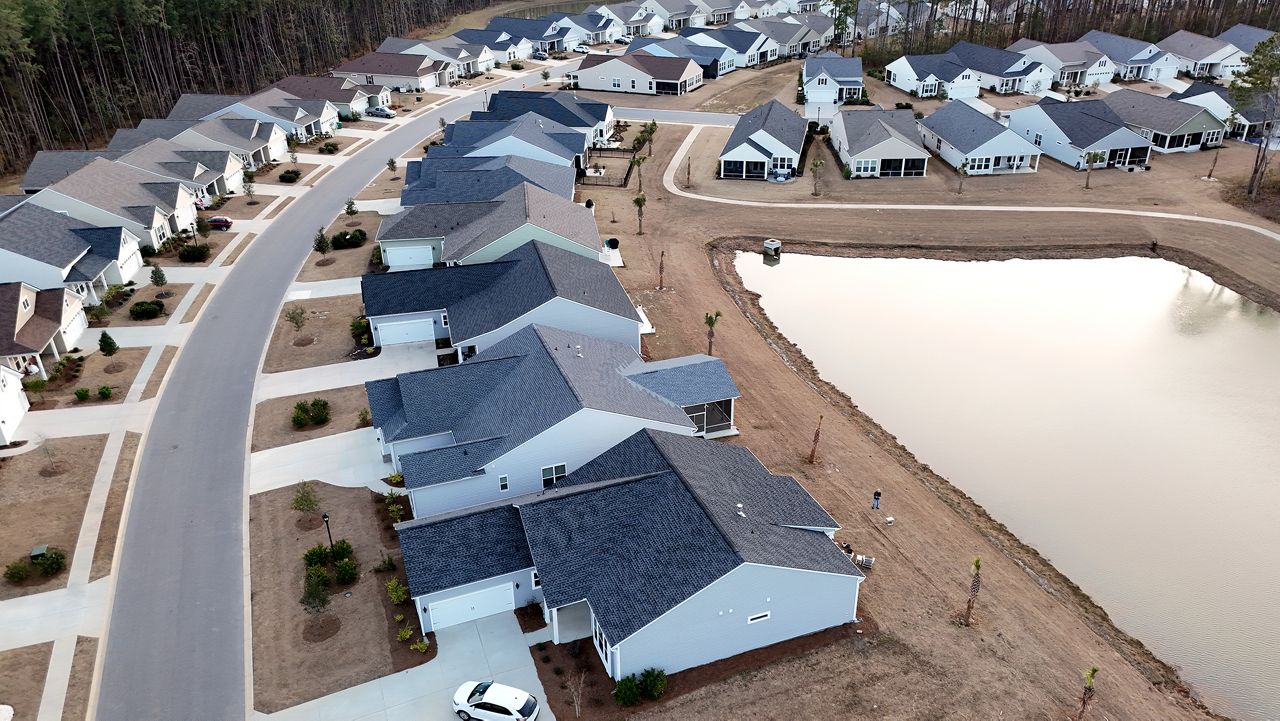State senators want to find out why residential insurance has skyrocketed for New York property owners battling higher rates and the risk their policies won’t be renewed.
Senators plan to hold a public hearing on the issue in mid-November, after Election Day, and gather data from insurers and regulators statewide, including examining the impact of climate change and New York’s shift to renewable energy on insurance costs.
“We’re looking at rates for all of those things, how they’re impacting affordability and making sure that insurance companies have an obligation to price those products based on actual risk and actual risk here in New York,” state Senate Housing Committee Chair Brian Kavanagh told Spectrum News 1.
Kavanagh said senators will use the hearing to publish a report with potential legislative solutions.
New York leaders continue working on the state’s housing shortage with looming federal cuts, rising costs and stagnating wages. New Yorkers are struggling to find homes they can afford to buy — including first-time home buyers or senior citizens looking to downsize.
“In many places, it costs more to build the house than you can sell it for, than it appraises for,” Homes & Community Renewal Commissioner & CEO Ruthanne Visnauskas said. “And so we are trying to drive down the cost of building a house also in an effort to get more of them built.”
Visnauskas said the state is on schedule to build 100,000 units over five years as the state works to expand localities’ housing capacity while maintaining units it already has.
Three factory-built starter homes were built in Schenectady, Syracuse and the town of Newcomb in Essex County as part of a pilot for the MOVE-IN NY program — each costing $250,000 to be built in six months, or about half the typical price. The state plans to build up to 200 more homes for middle- and low-income families in 15 localities.
Visnauskas said the factory-built homes are constructed three times faster than the traditional house, and expect many to be done by next summer.
“There is no one thing that will allow us to double the production of housing in the state,” she said. “There are sort of unique challenges everywhere you go.”
The homes will sell about 80% of an area’s median income, usually in the ballpark of $200,000, to homebuyers who qualify based on income level.
Fifty million dollars was included in this year’s budget to support the program, but the work will continue in next year’s budget negotiations.
Policymakers want to prioritize a bill that’s failed to clear the Legislature to make it easier for upstate cities, towns and villages to opt in to rent stabilization — a controversial proposal lawmakers will examine at a separate public hearing Oct. 21.
Rural Housing Coalition of New York Executive Director Michael Borges said the governor and Legislature must expand the Rural Preservation program to support rural areas that lacks the infrastructure cities and suburbs have.
“This coming budget, we’re looking to expand the rural Preservation Program to cover those counties that don’t have a nonprofit housing organization,” Borges said. “There are counties in the state that actually don’t have coverage. I get calls weekly from people from around the state asking for assistance.”
Potentially significant federal cuts puts future support at risk, but Borges argues the state must not cut its housing investments to address a shortage that isn’t going away.
“We can make the programs more cost-effective and efficient,” Borges said. “You know… removing the red tape, removing requirements for certain things, just making the programs that we currently have more cost-effective and efficient in delivery. There’s ways to continue the same level of services by just making them more effective and efficient.
“Despite the fact we have budget deficits going forward, this is a priority for New York residents and across the country and it’s something that the elected officials still need to address,” he added.

